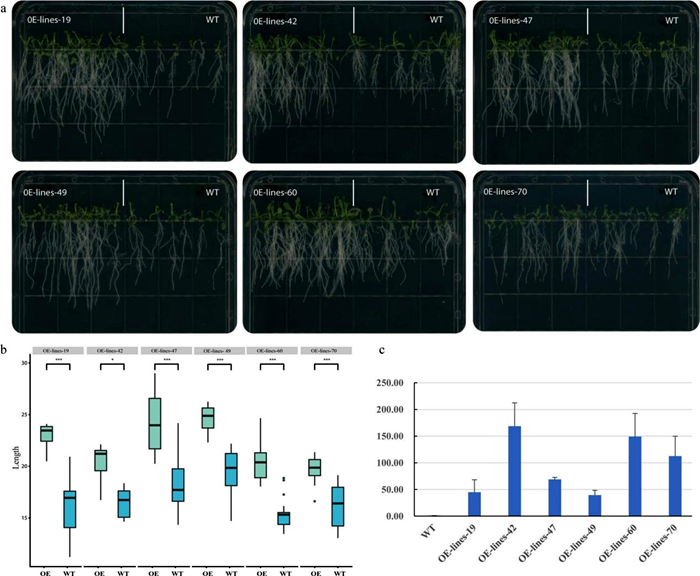- Location : Home» Newsroom
CAAS|Identification of a Fiber Length-related Gene in Introgression Fragments of Sea Island Cotton to Upland Cotton
Recently, a paper entitled “Fine mapping and candidate gene analysis of qFL-A12-5: a fiber length-related QTL introgressed from Gossypium barbadense into Gossypium hirsutum ” has been published by Theoretical and Applied Genetics . In the paper, Institute of Cotton Research (CCRI) researchers report fine mapping and candidate gene analysis of qFL-A12-5, and discover a fiber length-related gene: GhTPR . These findings provide genetic resources for the directional improvement of cotton fiber quality.
Cotton fiber length is an important index affecting cotton fiber quality. Isolating and identifying its key genes and revealing the molecular mechanism of fiber elongation can provide excellent genetic resources for cultivating high-quality and high-yield cotton. In this study, the separated population of Gossypium. Barbadene - G. hirsutum chromosome segment substitution line was constructed, and the major quantitative trait loci related to fiber length were fine mapped by high-density genetic map. The key candidate gene is GhTPR . Overexpressed GhTPR in Arabidopsis thaliana , which could significantly increase root length, indicates that the gene may be involved in the regulation of cotton fiber elongation. The results laid a theoretical foundation for further analysis of the genetic mechanism of cotton fiber length development.
This study was funded by the National Natural Science Foundation of China (32272188, 32070560), the Natural Science Foundation of Henan Province (202300410549), China Agriculture Research System of MOF and MARA, Hainan Yazhou Bay Seed Lab (B21HJ0210), the National Agricultural Science and Technology Innovation Project for CAAS (CAAS-ASTIP-2016-ICR), the Xinjiang Production and Construction Corps Innovation Program for Science and Technology Talents (2020CB005). Ph.D. student Xianghui Xiao and Prof. Youlu Yuan are the first author and corresponding author, respectively.
The article can be found: https://doi.org/10.1007/s00122-023-04247-8.

Fig 1. Functional validation of candidate gene GhTPR by transgenesis
Original link:https://www.caas.cn/en/Newsroom/ResearchUpdate/18b1815ff3ee43b3ac432a02056b8ab9.htm